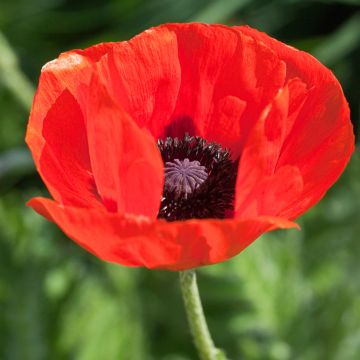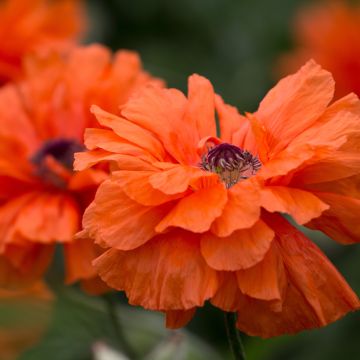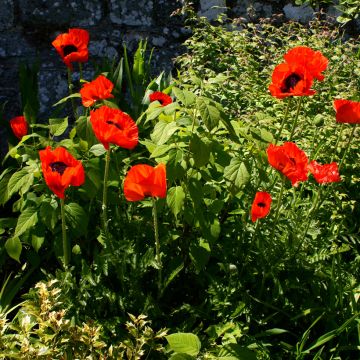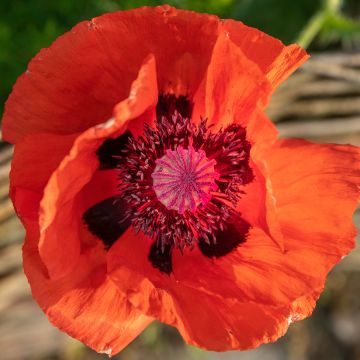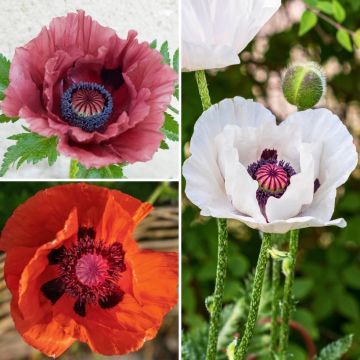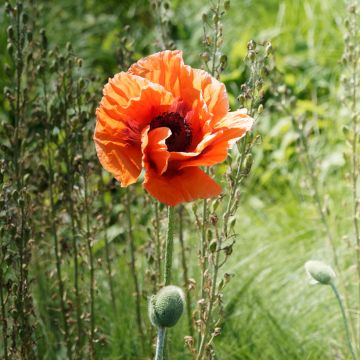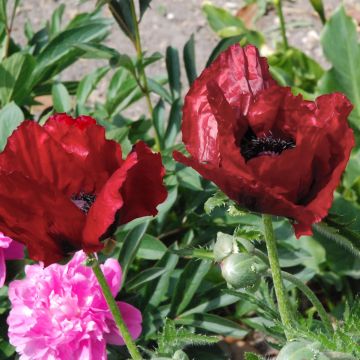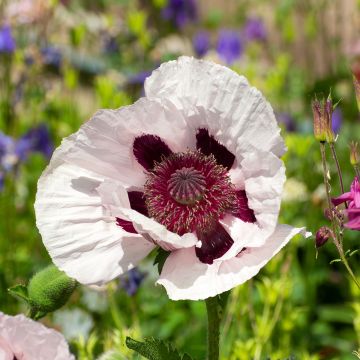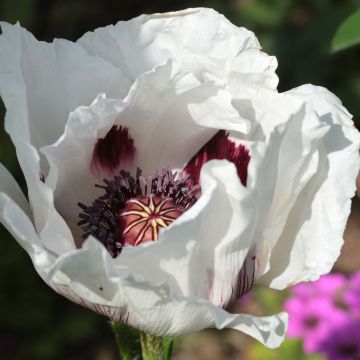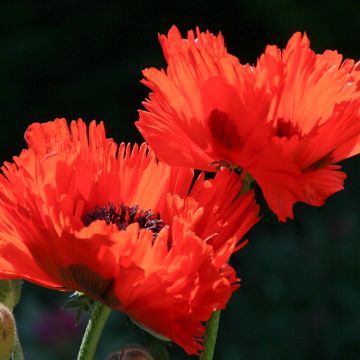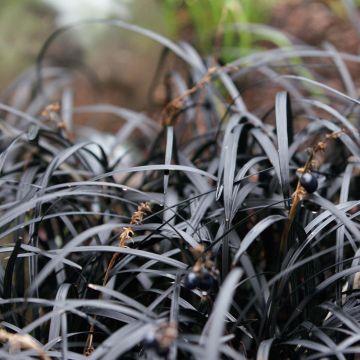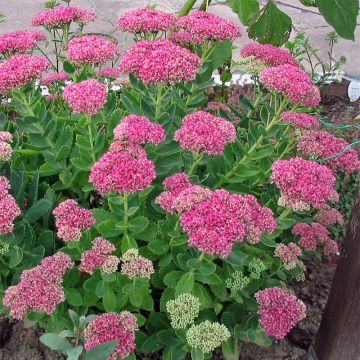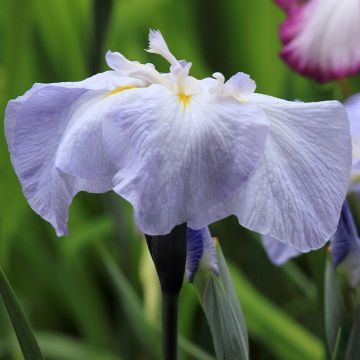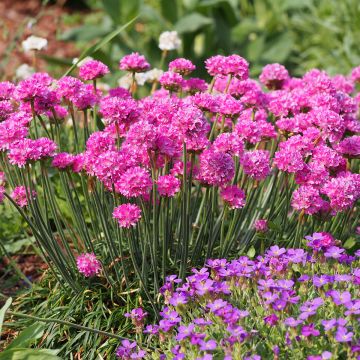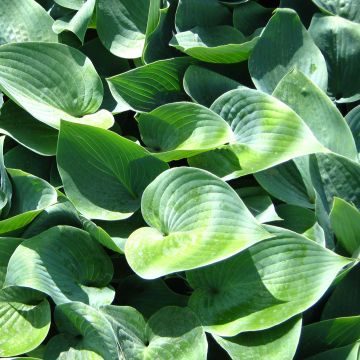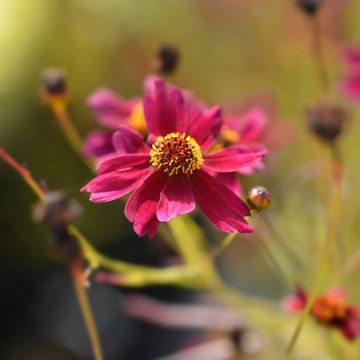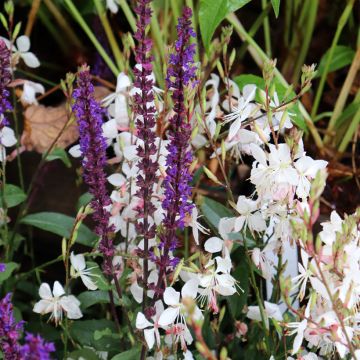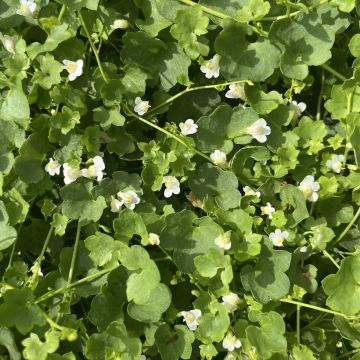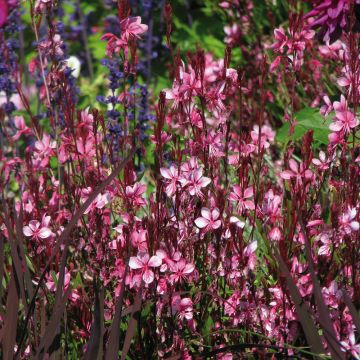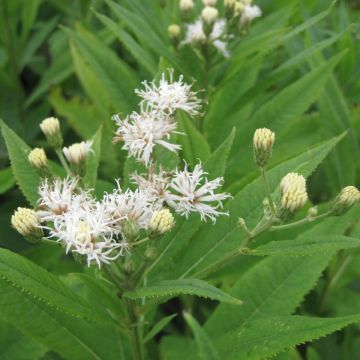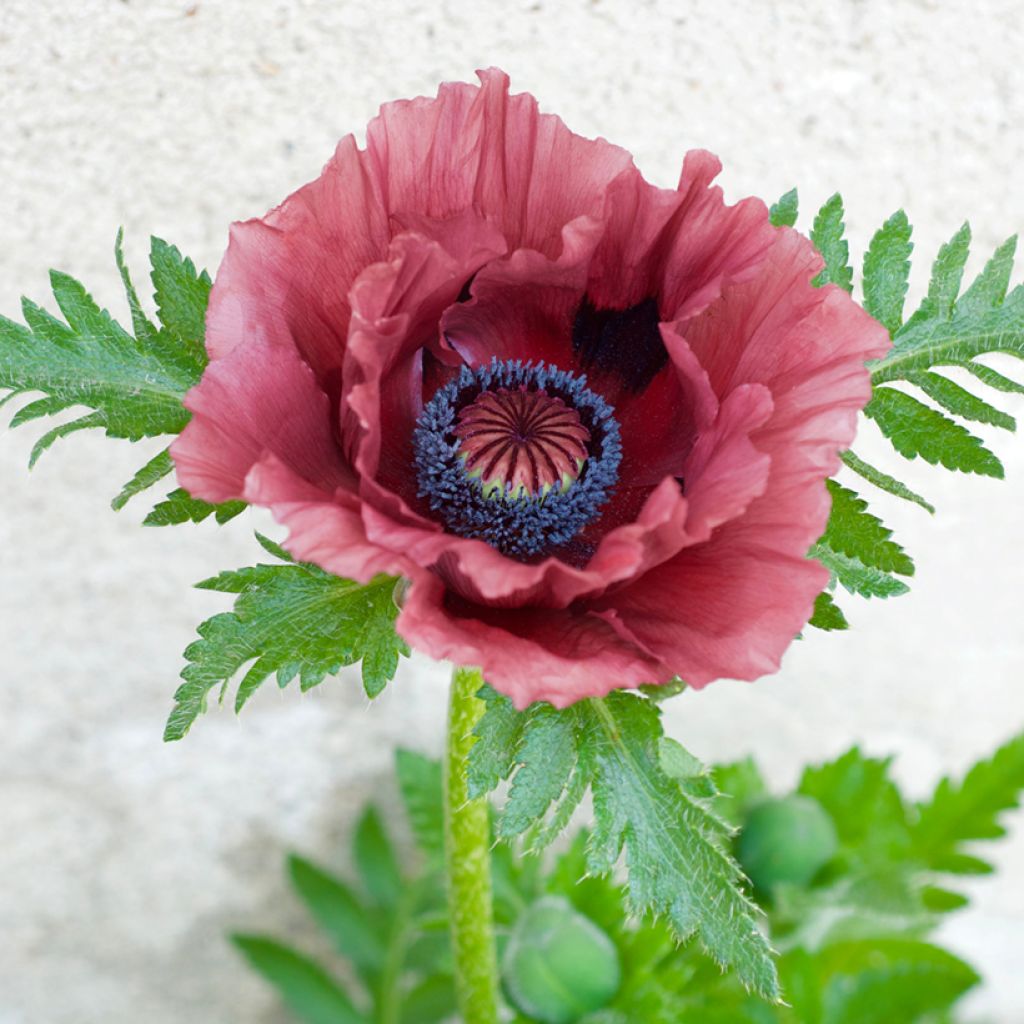

Papaver orientale Pattys Plum - Oriental Poppy
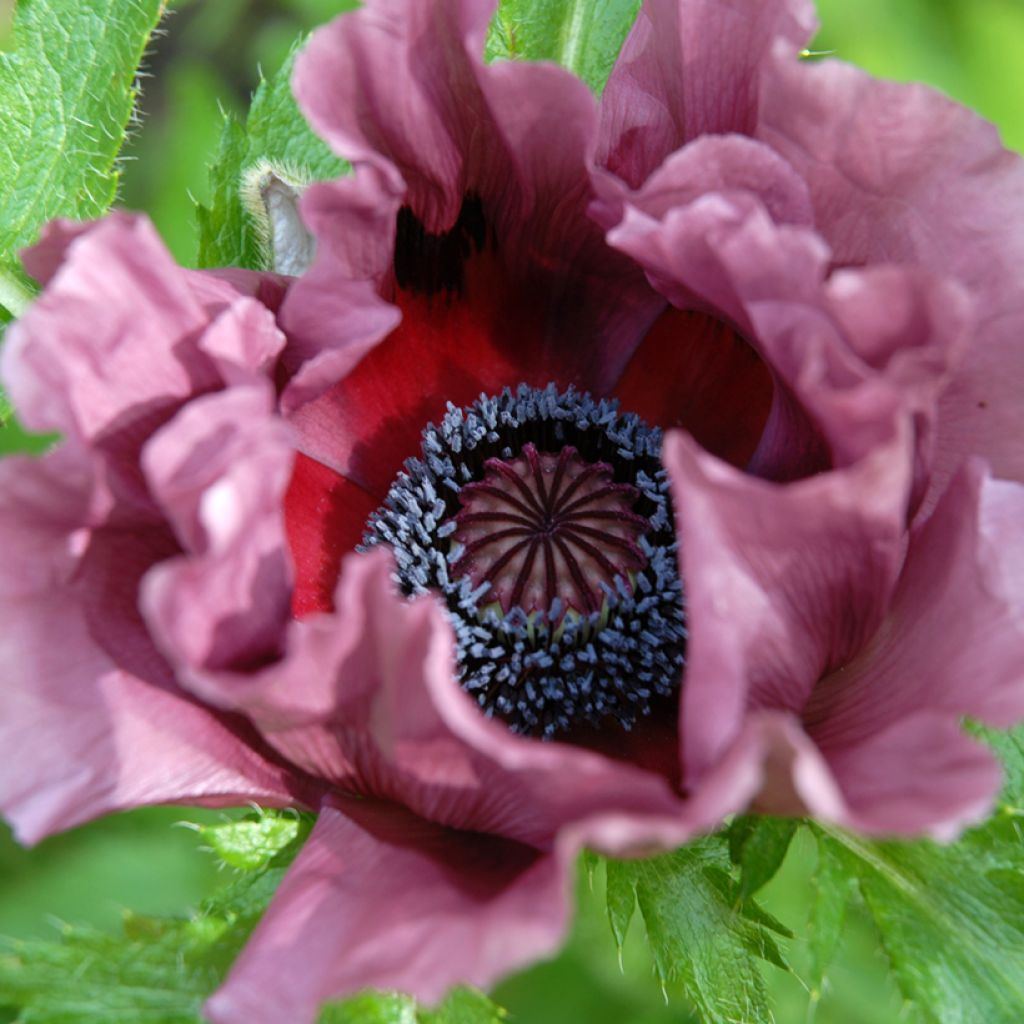

Papaver orientale Pattys Plum - Oriental Poppy
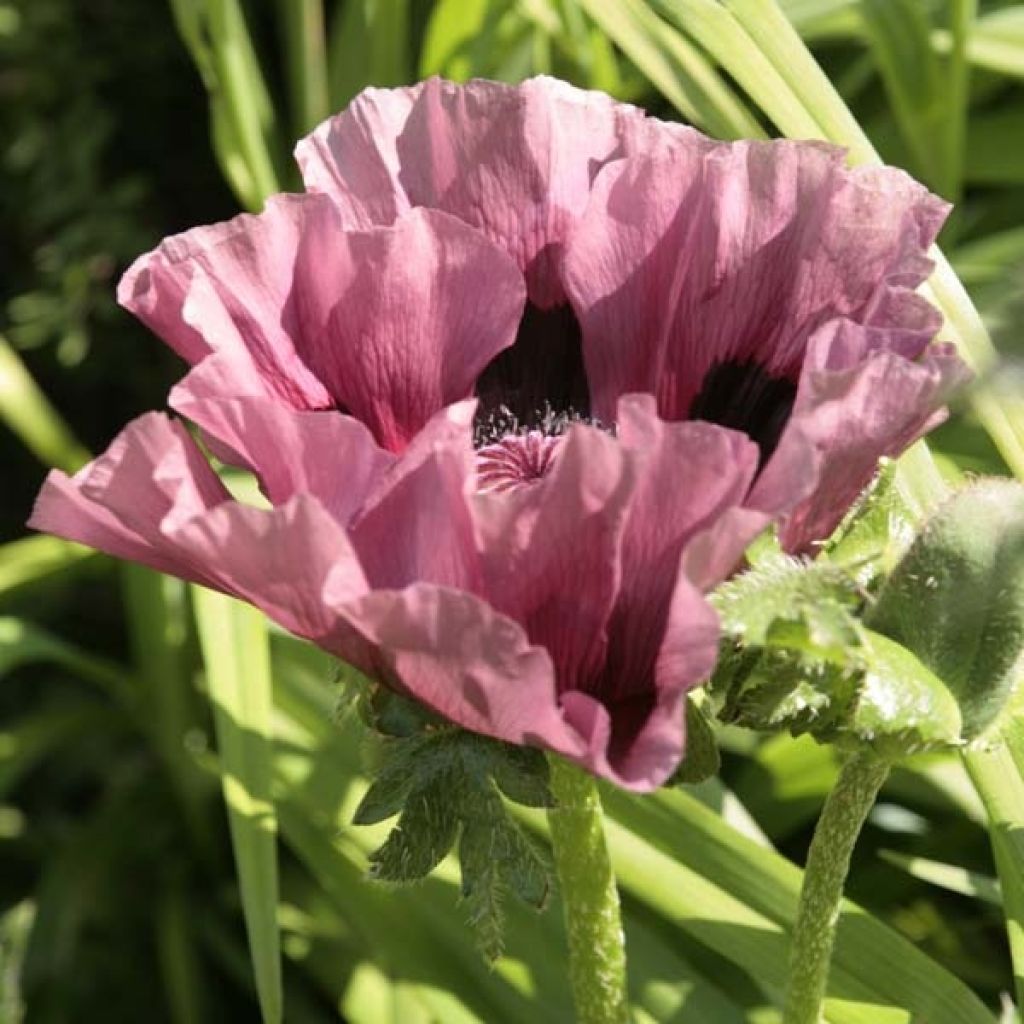

Papaver orientale Pattys Plum - Oriental Poppy
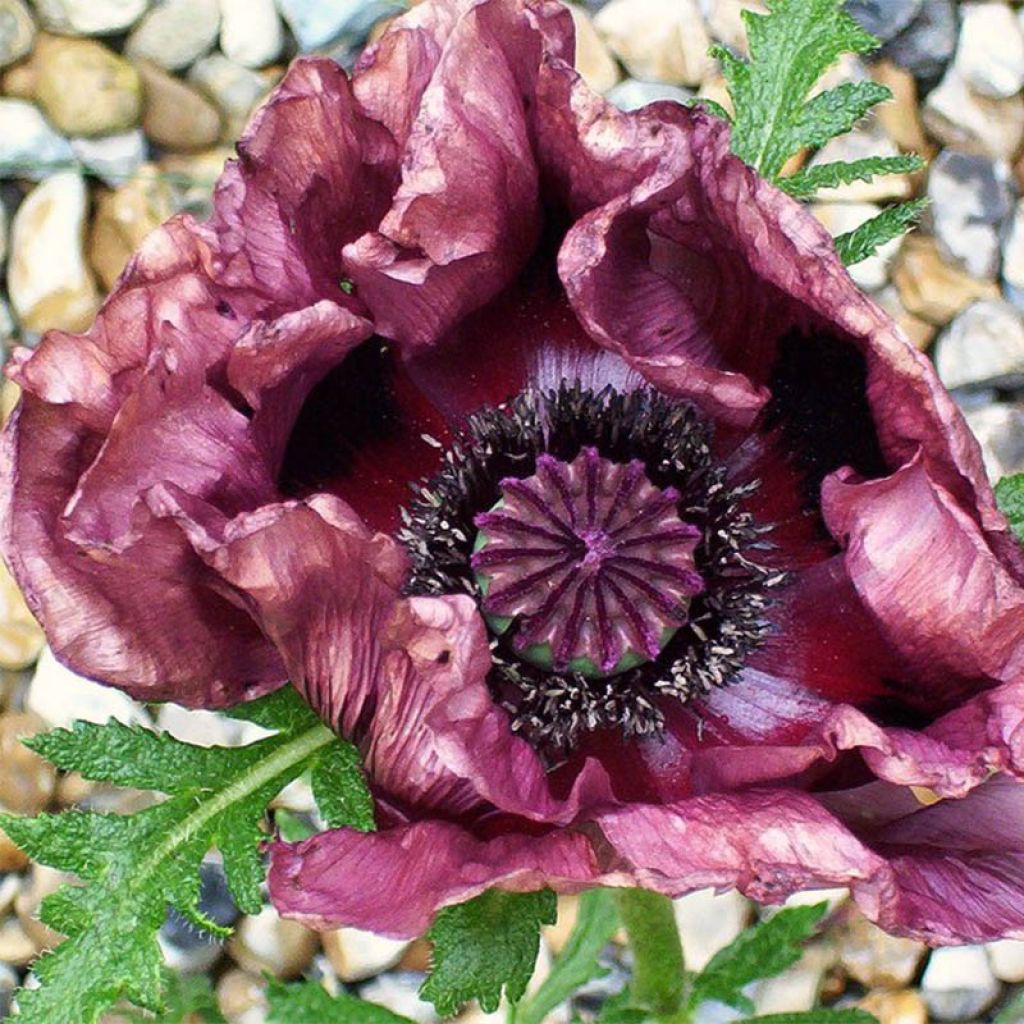

Papaver orientale Pattys Plum - Oriental Poppy
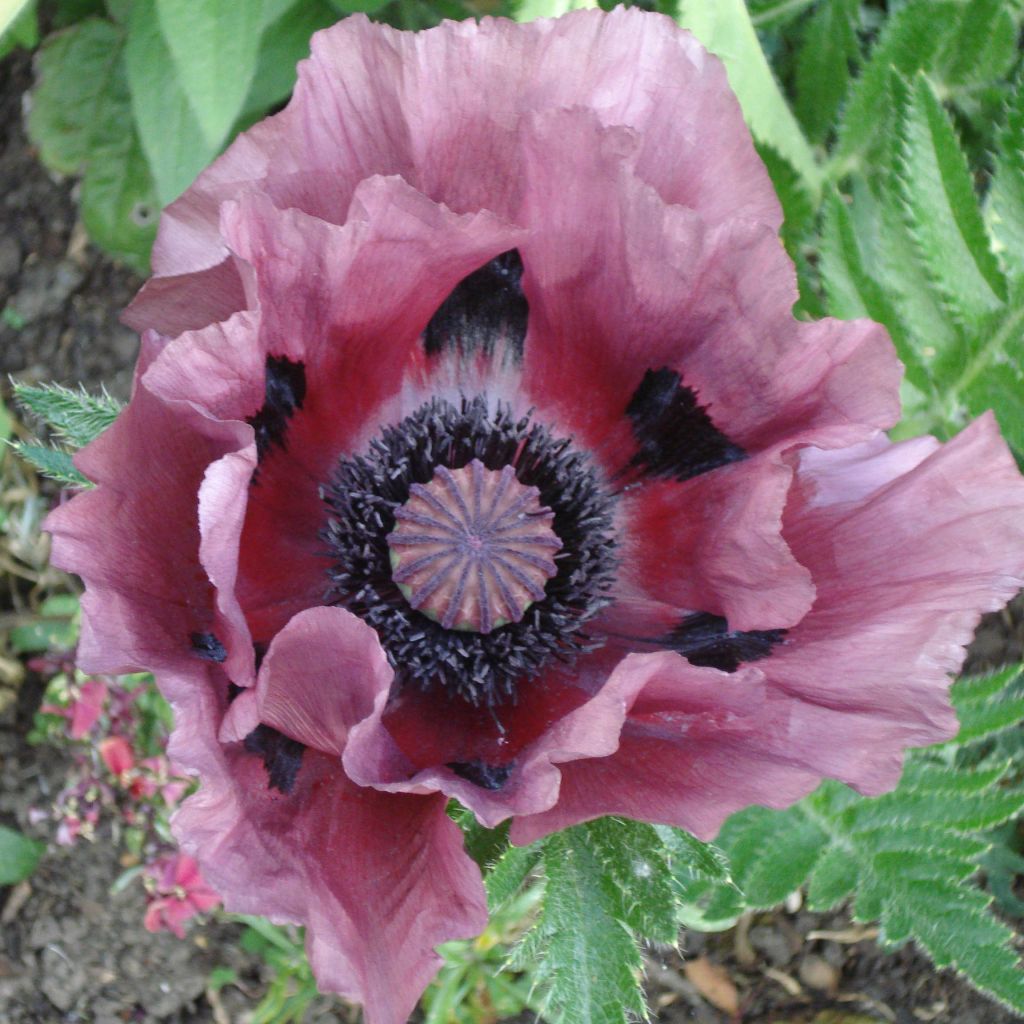

Papaver orientale Pattys Plum - Oriental Poppy
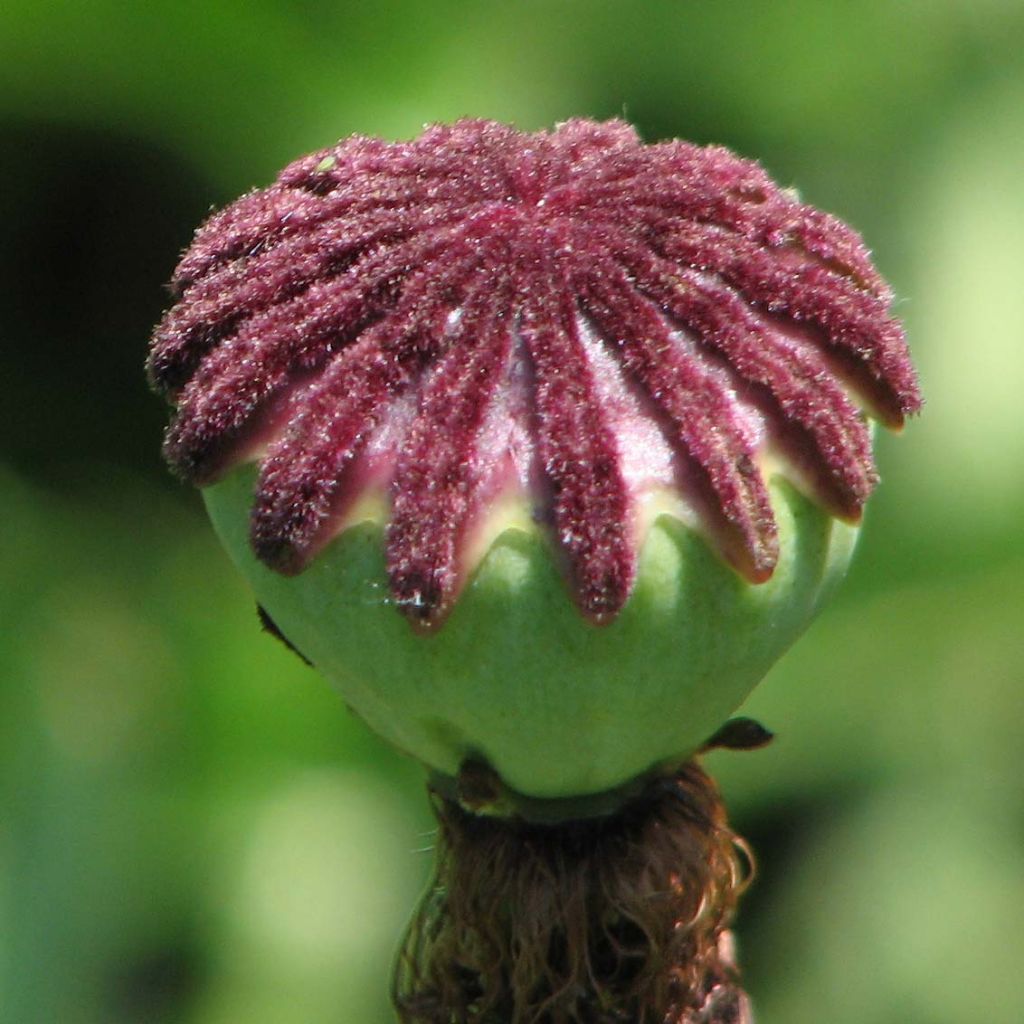

Papaver orientale Pattys Plum - Oriental Poppy
Papaver orientale Pattys Plum - Oriental Poppy
Papaver orientale Patty's Plum
Oriental Poppy
This plant carries a 12 months recovery warranty
More information
We guarantee the quality of our plants for a full growing cycle, and will replace at our expense any plant that fails to recover under normal climatic and planting conditions.
From €5.90 for pickup delivery and €6.90 for home delivery
Express home delivery from €8.90.
From €5.90 for pickup delivery and €6.90 for home delivery
Express home delivery from €8.90.
From €5.90 for pickup delivery and €6.90 for home delivery
Express home delivery from €8.90.
Does this plant fit my garden?
Set up your Plantfit profile →
Description
Papaver orientale 'Patty's Plum' is an unusual variety of Oriental Poppy, with large flowers with brown-purple macules that seem woven from ancient silk in a soft violet-pink shade tinged with pale plum-grey reflections. They bloom in late spring, tall and proud, carried by stems that dominate a slightly disorderly, velvety, greyish-green foliage that contrasts with that of other plants in the garden. Perfectly perennial and hardy, indifferent to limestone and dry soils in summer, this poppy is easy to grow in all good garden soils, in the sun, and its flowers, picked in buds, are stunning in bouquets. Its spherical fruits with slate reflections are also very original in dried arrangements.
Papaver orientale, also called Tournefort's Poppy, is a herbaceous perennial of the Papaveraceae family, native to Asia. The 'Patty's Plum' cultivar is a rather old horticultural selection. This plant has robust, hairy stems that reach a height of about 70cm (28in). It forms a bushy clump that expands over the years. Flowering begins in early June and continues into July, usually stopped by heat and drought. Each flower stem carries a single pendulous bud at its tip, which turns upwards to give birth to a beautiful flower, about 10cm (4in) in diameter, with slightly crumpled petals. Their silky texture enhances their intermediate colour between mauve, light plum, and smoky pink, which is difficult to describe. The base of the corolla is adorned with very dark brown-purple macules, and the heart of the flower harbors a redder reflection. The flower remains open for a few hours before dropping its petals. Well-established plants produce several flower stems, ensuring flower renewal for about 3 weeks. After flowering, the foliage tends to disappear, leaving room for a small basal rosette in autumn. This is an adaptation to high temperatures and summer drought. This plant has large, rough, dissected, and hairy leaves, giving them a very decorative grey-blue hue. The fleshy and deep roots of this Oriental poppy do not tolerate transplantation well, especially in adult plants.
Oriental poppies are equally at home in sophisticated flower beds as well as in cottage gardens or rustic compositions. Their velvety and slightly disorderly foliage forms an opulent and fuzzy clump that stands out in flower beds. Combine them with mugworts, lavenders, asters, and Nepetas with light blooms. They also beautifully accompany autumn stonecrops whose foliage develops during the summer, Damask roses, and cosmos for a summer atmosphere with soft colours. In any case, pair them with perennials as they will fill the space left empty after flowering. This charming variety 'Patty's Plum' perfectly complements the chocolate leaves of Persicaria 'Red Dragon' and Carex buchanani. The Oriental poppy only fears one thing: winter moisture; in heavy soils, the solution is to replace the clay soil with coarse sand in the planting hole.
It completely disappears to enter dormancy in the middle of summer and reappears in autumn to bloom again as soon as the temperatures become milder.
Report an error about the product description
Papaver orientale Pattys Plum - Oriental Poppy in pictures


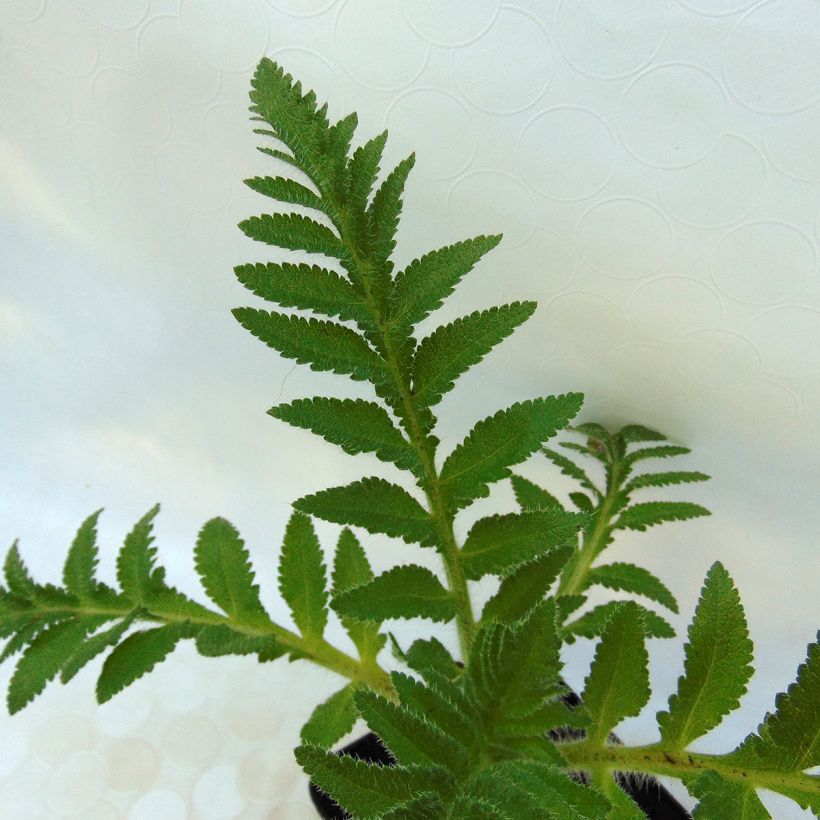

Flowering
Foliage
Plant habit
Botanical data
Papaver
orientale
Patty's Plum
Papaveraceae
Oriental Poppy
Cultivar or hybrid
Other Oriental Poppies (Papaver orientale)
Planting and care
Although preferring to grow in a light and moist soil, Oriental poppies also tolerate dry and gravelly, limestone soils, as well as heavier, clayey and wet soils, provided they are properly drained and not waterlogged in winter. Another characteristic specific to this poppy: its foliage disappears shortly after flowering, but if care is taken to cut back faded inflorescences early, new foliage will grow in late summer, filling the gap left for the end of the season.
Planting period
Intended location
Care
-
, onOrder confirmed
Reply from on Promesse de fleurs
Summer flowering perennials
Haven't found what you were looking for?
Hardiness is the lowest winter temperature a plant can endure without suffering serious damage or even dying. However, hardiness is affected by location (a sheltered area, such as a patio), protection (winter cover) and soil type (hardiness is improved by well-drained soil).

Photo Sharing Terms & Conditions
In order to encourage gardeners to interact and share their experiences, Promesse de fleurs offers various media enabling content to be uploaded onto its Site - in particular via the ‘Photo sharing’ module.
The User agrees to refrain from:
- Posting any content that is illegal, prejudicial, insulting, racist, inciteful to hatred, revisionist, contrary to public decency, that infringes on privacy or on the privacy rights of third parties, in particular the publicity rights of persons and goods, intellectual property rights, or the right to privacy.
- Submitting content on behalf of a third party;
- Impersonate the identity of a third party and/or publish any personal information about a third party;
In general, the User undertakes to refrain from any unethical behaviour.
All Content (in particular text, comments, files, images, photos, videos, creative works, etc.), which may be subject to property or intellectual property rights, image or other private rights, shall remain the property of the User, subject to the limited rights granted by the terms of the licence granted by Promesse de fleurs as stated below. Users are at liberty to publish or not to publish such Content on the Site, notably via the ‘Photo Sharing’ facility, and accept that this Content shall be made public and freely accessible, notably on the Internet.
Users further acknowledge, undertake to have ,and guarantee that they hold all necessary rights and permissions to publish such material on the Site, in particular with regard to the legislation in force pertaining to any privacy, property, intellectual property, image, or contractual rights, or rights of any other nature. By publishing such Content on the Site, Users acknowledge accepting full liability as publishers of the Content within the meaning of the law, and grant Promesse de fleurs, free of charge, an inclusive, worldwide licence for the said Content for the entire duration of its publication, including all reproduction, representation, up/downloading, displaying, performing, transmission, and storage rights.
Users also grant permission for their name to be linked to the Content and accept that this link may not always be made available.
By engaging in posting material, Users consent to their Content becoming automatically accessible on the Internet, in particular on other sites and/or blogs and/or web pages of the Promesse de fleurs site, including in particular social pages and the Promesse de fleurs catalogue.
Users may secure the removal of entrusted content free of charge by issuing a simple request via our contact form.
The flowering period indicated on our website applies to countries and regions located in USDA zone 8 (France, the United Kingdom, Ireland, the Netherlands, etc.)
It will vary according to where you live:
- In zones 9 to 10 (Italy, Spain, Greece, etc.), flowering will occur about 2 to 4 weeks earlier.
- In zones 6 to 7 (Germany, Poland, Slovenia, and lower mountainous regions), flowering will be delayed by 2 to 3 weeks.
- In zone 5 (Central Europe, Scandinavia), blooming will be delayed by 3 to 5 weeks.
In temperate climates, pruning of spring-flowering shrubs (forsythia, spireas, etc.) should be done just after flowering.
Pruning of summer-flowering shrubs (Indian Lilac, Perovskia, etc.) can be done in winter or spring.
In cold regions as well as with frost-sensitive plants, avoid pruning too early when severe frosts may still occur.
The planting period indicated on our website applies to countries and regions located in USDA zone 8 (France, United Kingdom, Ireland, Netherlands).
It will vary according to where you live:
- In Mediterranean zones (Marseille, Madrid, Milan, etc.), autumn and winter are the best planting periods.
- In continental zones (Strasbourg, Munich, Vienna, etc.), delay planting by 2 to 3 weeks in spring and bring it forward by 2 to 4 weeks in autumn.
- In mountainous regions (the Alps, Pyrenees, Carpathians, etc.), it is best to plant in late spring (May-June) or late summer (August-September).
The harvesting period indicated on our website applies to countries and regions in USDA zone 8 (France, England, Ireland, the Netherlands).
In colder areas (Scandinavia, Poland, Austria...) fruit and vegetable harvests are likely to be delayed by 3-4 weeks.
In warmer areas (Italy, Spain, Greece, etc.), harvesting will probably take place earlier, depending on weather conditions.
The sowing periods indicated on our website apply to countries and regions within USDA Zone 8 (France, UK, Ireland, Netherlands).
In colder areas (Scandinavia, Poland, Austria...), delay any outdoor sowing by 3-4 weeks, or sow under glass.
In warmer climes (Italy, Spain, Greece, etc.), bring outdoor sowing forward by a few weeks.

































